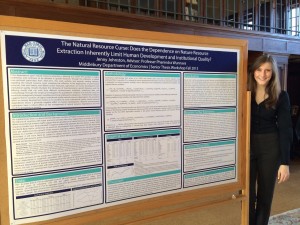Cable television is accepted as a basic household amenity in most Western countries. Alongside the Internet and cell phones, it is arguably one of the greatest revolutions in mass communication over the past century. While growing accessibility to the tube has become an important vehicle for global citizenship and interconnectedness, there has been a concomitant decline in our ability to engage life outside the screen.
A brief look into any dorm room will reveal how Middlebury has responded to this trend. Amidst the unfolded laundry and scattered homework, the unmistakable tangle of wires leading to a cable box is missing. There is no 85” widescreen occupying half of the living space. Middlebury’s policy on residential television is stated in subtle, but deliberate language. Basic cable services are provided “in most residential hall lounges” and “some senior suites.” The reasons why such luxuries are not available in individual rooms are unclear, but I believe they derive from the mission on which the school is built – To cultivate a vibrant and diverse academic community inspired by the world around us. So much of this is realized through widespread social interaction, something that is hampered if we are too caught up in the latest reality show.
Since the arrangement was introduced in the 1990’s, the problems once attributed to cable are now being perpetuated by new technologies. Admittedly, limiting television privileges is having less and less of a direct impact on students. What is relevant here, though is not so much the action itself, but rather the spirit and character behind it. If Middlebury has taught me anything, it is that human connection is the most rich form of learning. Because people take precedence over prime time, the relationships we forge as peers, as intellectuals and as a community become all the more stronger.


